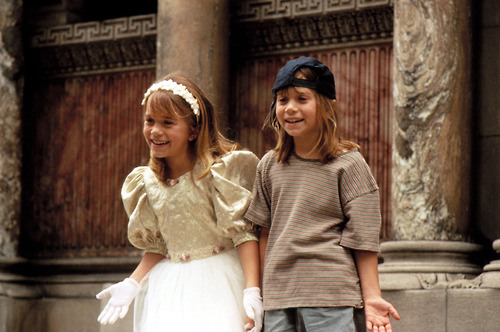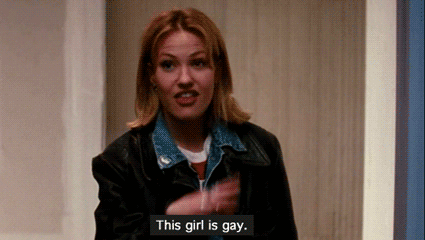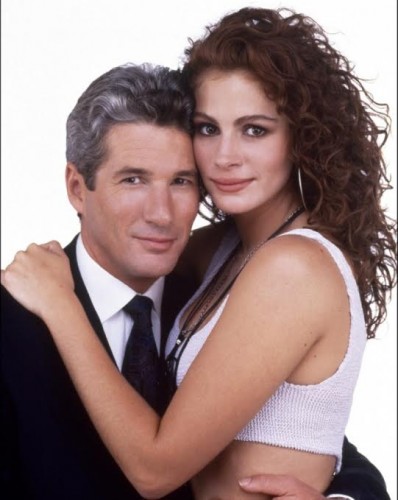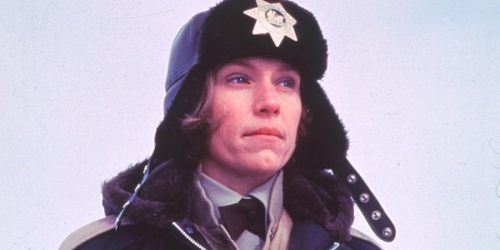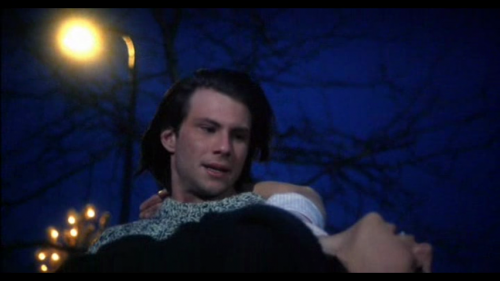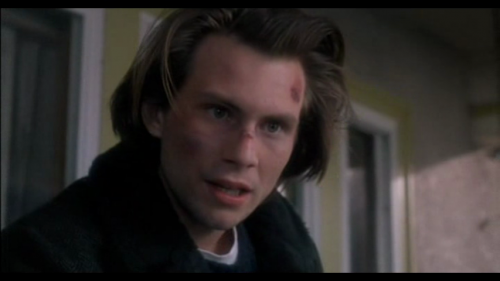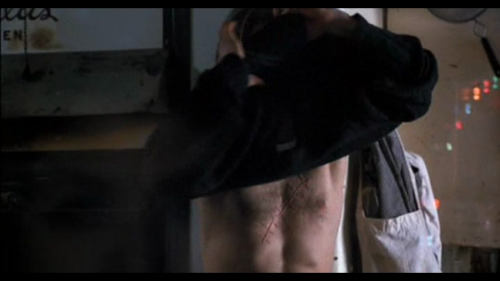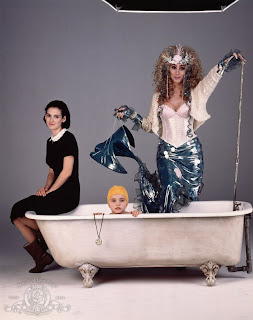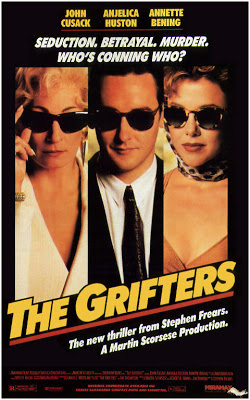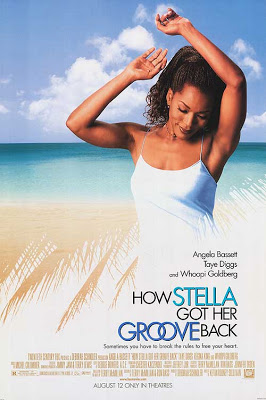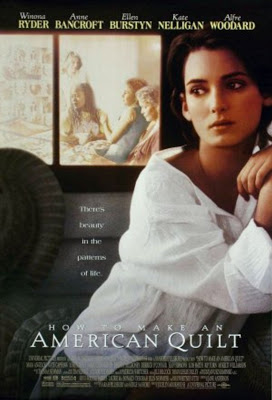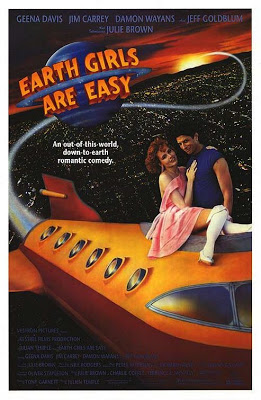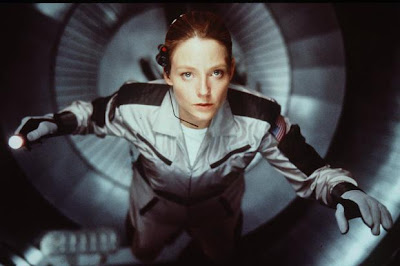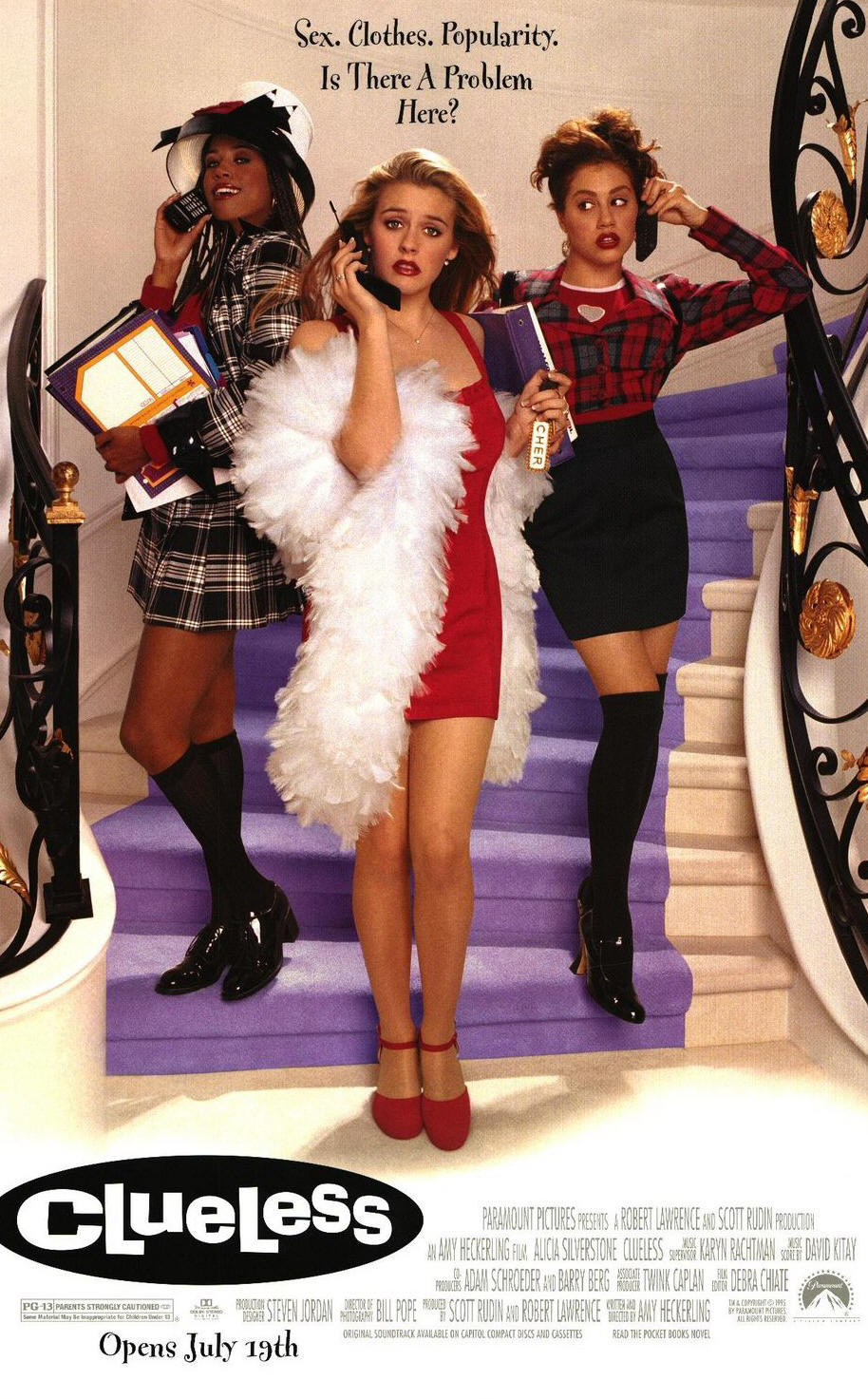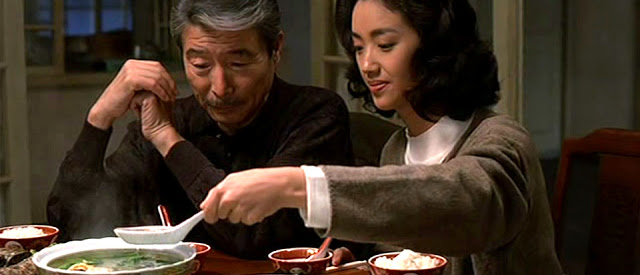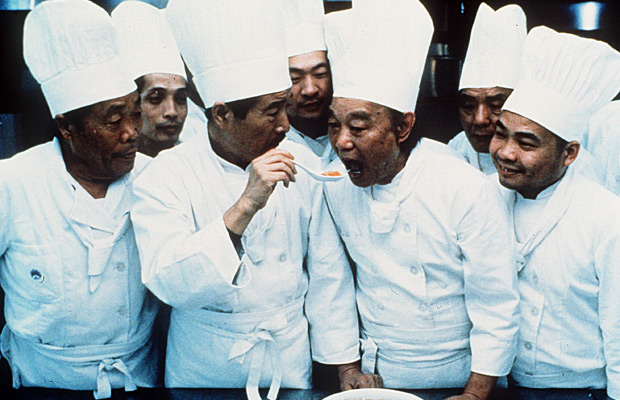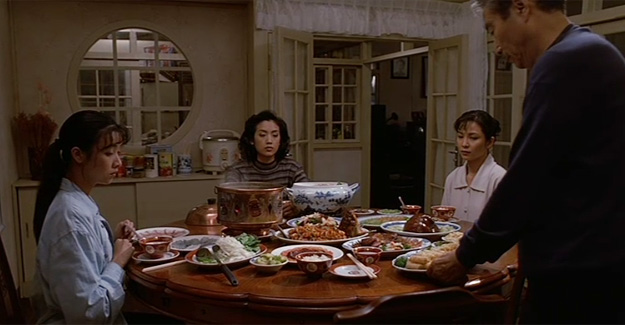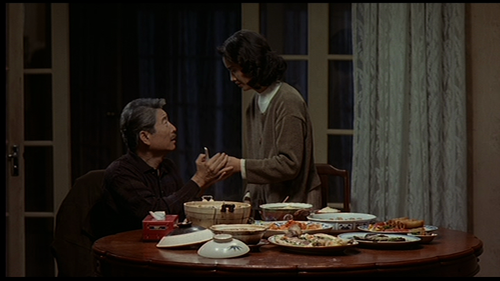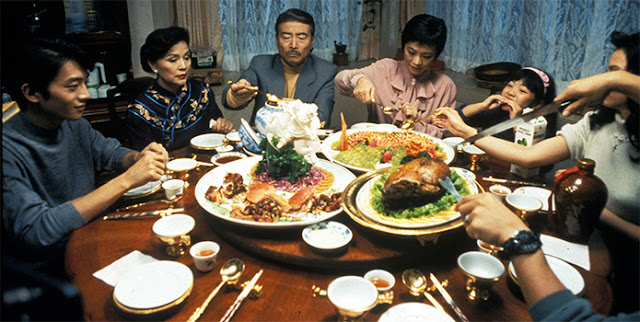This guest post by Laura Money appears as part of our theme week on Female Friendship.
Have you ever met someone and instantly become BFFs? You know, someone you just click with for no real reason? Someone who is just like a sister to you? Well, in the case of the classic Olsen twins’ movie It Takes Two, characters Alyssa and Amanda do just that–meet each other entirely by accident, instantly become besties, and decide they want to be sisters for realsies. They then spend the rest of the film conspiring to do just that.
It Takes Two was the 1995 revival of The Parent Trap (before Lindsay Lohan got her hands on the dual role), and in a movie where identical looks were heavily involved in the plot line, cashed in on the rising success of the Olsen twins. By 1995, Mary-Kate and Ashley were the hottest double-act in the tween movie market. Part Prince and the Pauper, part Parent Trap, the film focuses on the differences of two girls’ worlds and how they can use their individual personalities to help each other out.
On the surface, it looks like the girls only really become friends because they look alike. When you look closer, you see they have nothing in common – one is rich, one is poor, one has a family, the other doesn’t, one plays the piano and wears dresses, the other plays stickball and wears overalls and tomboy clothing; the differences outnumber the similarities. Of course, when you look even closer you discover that they have the same feelings and of course understand each other on a much deeper level than common interests.
To me, this movie is all about a deep female friendship. Yes, it is a bit narcissistic on the surface – instantly falling in love with someone who looks just like you – but it really captures the essence of friendship, connection, and trust. Alyssa and Amanda realise that they look alike on their first meeting but soon understand that they are also both deeply unsatisfied with particular elements in their lives. (Maybe deeply is a little strong for a family film, but whatever.) Connection is the first ingredient in a great friendship. Many people realise when they leave school that the only thing they had in common with their friends was actually school itself. They were bound by the playground but not necessarily by connections like favourite books, TV shows, or even family life. Alyssa and Amanda are connected in both their feelings of confinement in their lives. They have different oppressions defined by their different classes, but it manifests itself in the same feelings – frustration, lack of control, and fear. (If they continue to grow up in a patriarchal society, they can expect a lot more of those feelings!)
Whilst connection is important in a friendship, it is trust that really defines it and keeps the flame kindled. The girls must have felt a pretty strong connection because they decide to swap lives about five minutes after the “getting to know you” period.
“You, you’re me!”
“No, you’re me!”
Collective “Whoa.” Deep stuff, Olsen twins…
Actually, I do feel that it is trust that firmly cements the girls’ friendship and takes it to another level. It’s interesting to talk about friendship in a movie where the “friends” spend so much time physically apart from each other. The moment of trust occurs when they decide to help each other, which is a pretty big gamble considering how much they could screw up each other’s lives. The swap occurs, hilarity ensues: Alyssa, the prim and proper one, doesn’t know how to play football or eat sloppy joes, Amanda mispronounces Chopin and spits out her escargot. These funny fish out of water tropes are fun and easy and give us insight into their lives. It really is only Alyssa who is gambling, Amanda’s only real problem (for now) is protecting her reputation, but Alyssa enlists Amanda to deter her father’s fiancé and potentially stop her from losing his affections.
After the initial switch, the girls bond over their experiences of living as each other – you know, because two young girls can go missing in the woods for hours on end without anyone worrying. Way to go, negligent summer camp! They hatch a plan to force romance between Amanda’s councilor, Diane, and Alyssa’s dad. Sure, that’s going to work, they don’t even know each other. I actually don’t think it’s too naive a sentiment though, considering that the two girls formed an instant bond. Well, through the course of events and some hilarious double trouble montages, the girls do achieve a spark between the pair.
So, why is their friendship so strong? Am I reading in to this a bit too much? I don’t think I am because it is obvious that the girls get along – they laugh at each other’s jokes, they communicate fairly (one person doesn’t dominate the other, they are on the same intellectual level when devising plans, and they genuinely enjoy each other’s company). Is any of that stuff enough to want to live together as sisters, though? When people fall in love, they (usually) don’t move in with each other or get married instantly (unless they’re in a Disney movie). It’s because the girls have been in each other’s shoes: Amanda feels the distance generated between Alyssa and her father by Clarice, and she feels the contempt from Clarice also. Alyssa feels the frustration Amanda has for being just another number in a system, she feels the lack of family love. Both of the girls’ experiences are sharpened by the contrast to their own lives. Not only does Alyssa feel Amanda’s palpable longing for a family, it is heightened because she knows what a loving family feels like. Amanda feels for Alyssa potentially losing her father’s affection and the feeling is deepened as she has already lost any parental love she may have had at birth.
It is through their unified task (playing matchmaker) and trust in each other that their friendship is truly informed. They rely heavily on each other to not only discover who they are but to actually shape their own destinies. (Once again, I understand this seems a bit overreaching for a kids movie, but the themes are there, I promise!) The girls have developed so much love for each other that they will do anything to be able to stay together. They truly capture the essence of friendship. The movie ends with the ever-predictable race to the aisle to stop the wedding and there’s a further plot twist in which Alyssa gets adopted (as Amanda) but legality aside, the Olsen twins triumph because they have each other.
Laura Money is a theatre and book reviewer from Perth, Australia. She is a Cultural Studies major who loves 90s movies with a passion, especially ones that defined her childhood. Laura has written for the feminist blog The Scarlett Woman and for The Australia Times.
